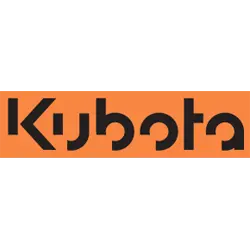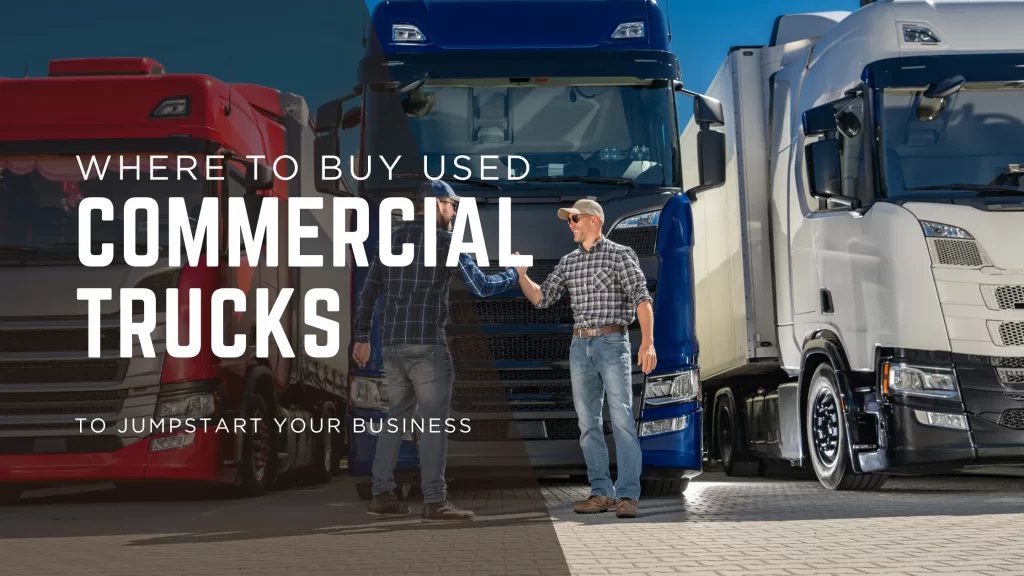Finance Your Skid Steer With The Right Lender
Bank loans are hard to get approved for. We build relationships with commercial lending partners who are looking to fund businesses like yours.
- 100% Guaranteed Equipment Lenders
- Easy Online Process
- Financing, Leasing & Multiple Loan Options
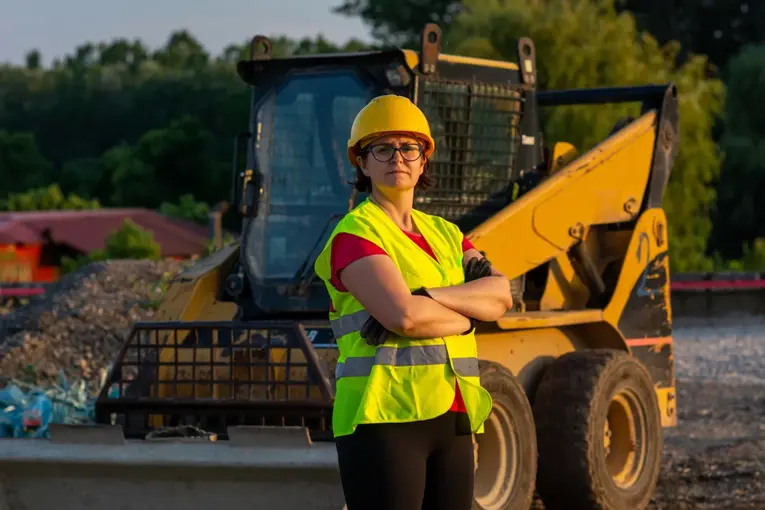
Skid Steer Financing - Things You Need To Know When Buying A Skid Steer
In this comprehensive guide, we’ll walk you through everything you need to know about skid steer financing. From understanding your options to negotiating better terms, we’ve got you covered.
Key Notes
- How much does it cost to finance a skid steer?
- How many years can you finance a skid steer?
- Can I finance a skid steer for personal use?
- How much should I charge for skid steer work?
Understanding Skid Steer Financing Options
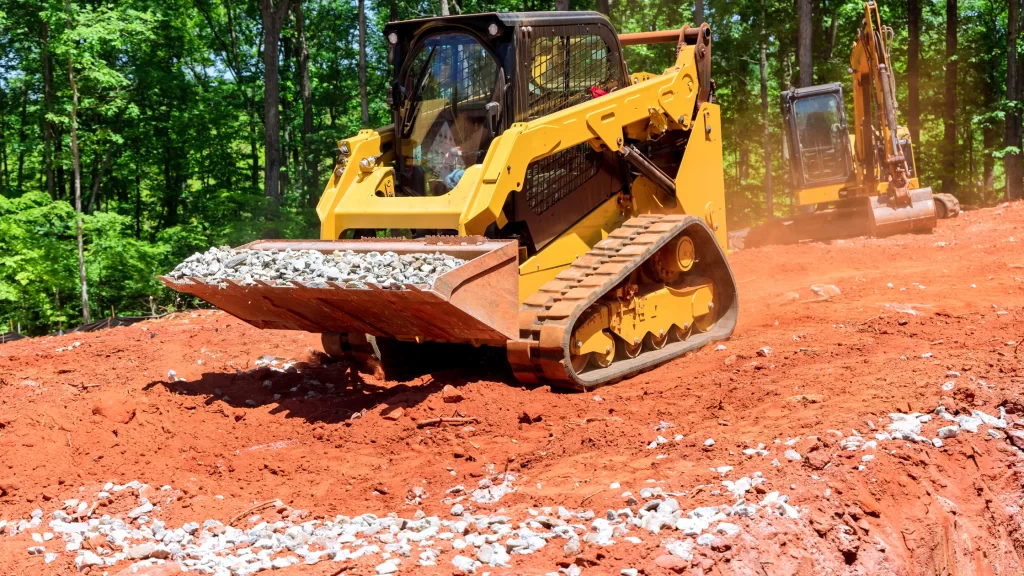
Traditional bank loans
Traditional bank loans are a common financing option for skid steers.
These loans typically offer competitive interest rates and flexible repayment terms. However, they often require a strong credit history and may involve a lengthy approval process.
Pros:
Lower interest rates
Longer repayment terms
Build business credit
Cons:
Strict credit requirements
Longer approval process
May require collateral
Equipment dealer financing
Many skid steer dealers offer in-house financing options, which can be convenient for buyers.
These arrangements often come with special promotions and may have more lenient credit requirements compared to traditional banks.
| Feature | Equipment Dealer Financing | Traditional Bank Loans |
|---|---|---|
| Approval Speed | Faster | Slower |
| Interest Rates | Generally higher | Usually lower |
| Credit Requirements | More flexible | Stricter |
| Promotions | Often available | Rare |
Leasing arrangements
Leasing a skid steer can be an attractive option for businesses that want lower monthly payments and the ability to upgrade equipment regularly.
Leases come in various forms, including operating leases and finance leases.
Types of leases:
Operating lease: Lower payments, equipment returned at end of term
Finance lease: Higher payments, option to purchase at end of term
Sale-leaseback: Sell owned equipment and lease it back
Government-backed loans
For small businesses, government-backed loans like those offered by the Small Business Administration (SBA) can provide favorable terms for skid steer financing.
These loans often feature lower down payments and longer repayment periods, making them an attractive option for qualifying businesses.
Now that we’ve explored various financing options, let’s examine the benefits of financing a skid steer for your business operations
Benefits of Financing a Skid Steer
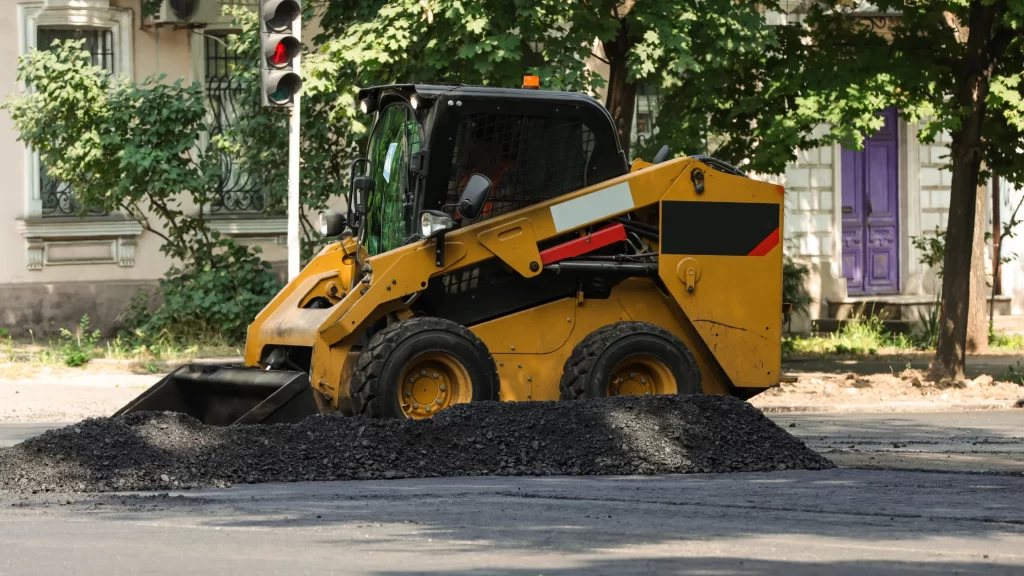
Preserve working capital
Financing a skid steer allows businesses to preserve their working capital, which is crucial for day-to-day operations and growth opportunities.
By opting for financing, companies can allocate their cash reserves to other essential areas of the business, such as:
Inventory management
Marketing initiatives
Employee training and development
Expansion projects
This strategic approach ensures that businesses maintain financial flexibility while still acquiring the necessary equipment to enhance productivity.
Tax advantages
One of the most significant benefits of financing a skid steer is the potential tax advantages.
Depending on your specific situation, you may be able to:
Deduct lease payments as a business expense
Take advantage of Section 179 deductions
Benefit from depreciation allowances
Here’s a comparison of potential tax benefits for financing vs. buying outright:
| Financing | Buying Outright |
|---|---|
| Lease payments may be fully deductible | Limited to depreciation deductions |
| Potential Section 179 benefits | Section 179 benefits available |
| Smaller upfront cost, spreading tax benefits over time | Larger upfront cost, with immediate tax benefits |
Flexibility in equipment upgrades
Financing offers greater flexibility when it comes to upgrading equipment.
This is particularly advantageous in the fast-paced construction industry where technology and efficiency standards are constantly evolving. With financing, you can:
Easily trade in older models for newer, more efficient ones
Adapt to changing project requirements without large capital investments
Stay competitive by always having access to the latest skid steer technology
Improved cash flow management
Financing a skid steer contributes to better cash flow management by:
Providing predictable monthly payments
Aligning equipment costs with revenue generation
Reducing the impact of seasonal fluctuations in business
This approach allows businesses to maintain a healthy cash flow, ensuring they can meet other financial obligations while still benefiting from the use of a skid steer in their operations.
Key Factors to Consider When Financing a Skid Steer
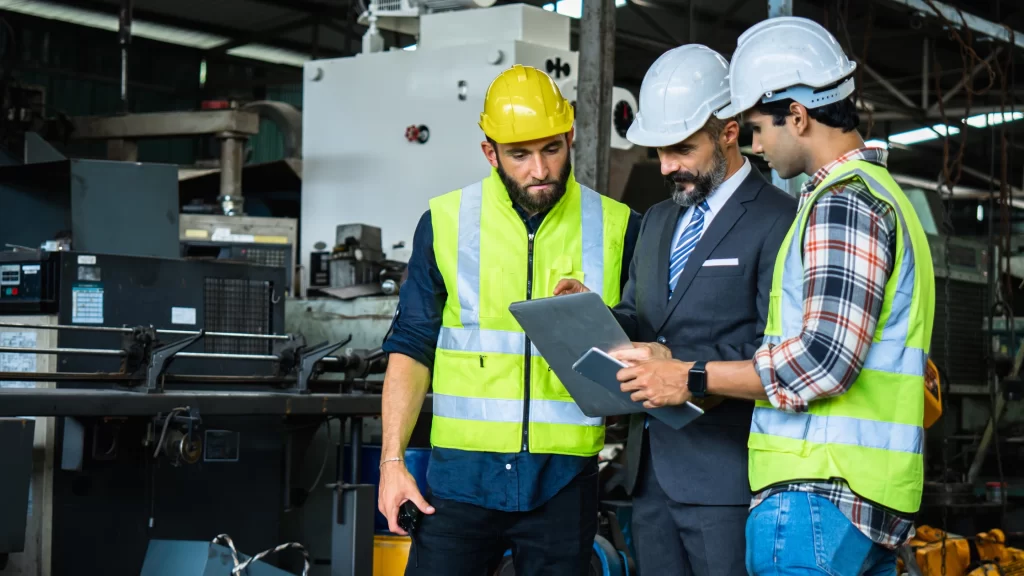
Interest rates and terms
When financing a skid steer, understanding interest rates and terms is crucial.
Interest rates can significantly impact your total cost, while terms define the duration and conditions of your loan. Here’s a breakdown of what to consider:
| Factor | Impact |
|---|---|
| Interest Rate | Determines total cost over loan life |
| Loan Term | Affects monthly payments and total interest paid |
| Fixed vs. Variable Rate | Influences payment predictability |
| Prepayment Penalties | May limit flexibility in early payoff |
Down payment requirements
The down payment can vary depending on the lender and your financial situation. Consider these points:
Larger down payments often result in lower interest rates
Typical down payments range from 10% to 20% of the skid steer’s value
Some lenders may offer low or no down payment options for qualified buyers
Credit score impact
Your credit score plays a vital role in securing favorable financing terms:
Higher credit scores generally lead to better interest rates
Some lenders may have minimum credit score requirements
A lower credit score might result in higher down payment requirements
Repayment schedule options
Flexibility in repayment can be crucial for managing cash flow:
Monthly payments are most common
Seasonal or quarterly payments may be available for businesses with fluctuating income
Some lenders offer balloon payment options, but these require careful consideration
Equipment depreciation
Understanding how your skid steer will depreciate over time is essential:
Rapid depreciation in the first few years
Consider choosing a loan term that aligns with the equipment’s useful life
Factor in potential resale value when deciding on financing terms
Now that we’ve covered the key factors to consider when financing a skid steer, let’s move on to comparing financing options with buying outright.
Comparing Financing vs. Buying Outright
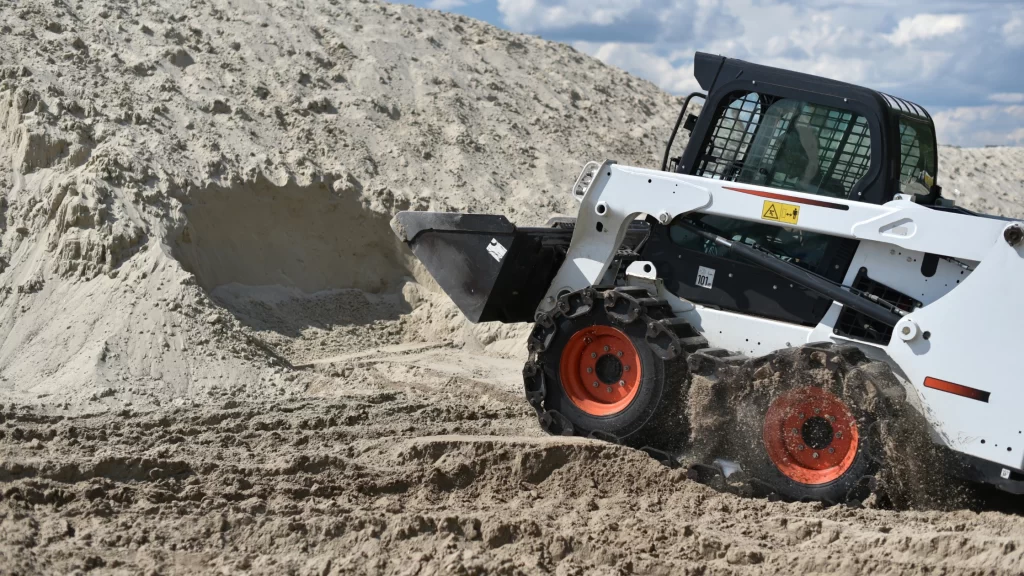
Short-term vs. long-term costs
When comparing financing to buying a skid steer outright, it’s crucial to consider both short-term and long-term costs. Let’s break down these costs in a clear table:
| Cost Factor | Financing | Buying Outright |
|---|---|---|
| Initial Cash Outlay | Lower (down payment) | Higher (full purchase price) |
| Monthly Payments | Yes (for loan term) | None |
| Interest Costs | Yes | None |
| Total Cost Over Time | Potentially higher due to interest | Lower, but requires more upfront capital |
In the short term, financing allows for lower initial costs, making it easier to acquire the equipment without a large cash investment.
However, over time, the total cost may be higher due to interest payments.
Ownership benefits
Ownership benefits differ significantly between financing and buying outright:
Full ownership: Immediate with outright purchase, delayed until loan payoff with financing
Depreciation tax benefits: Available in both cases, but may vary based on financing terms
Flexibility to sell or trade: Greater with outright ownership, potentially restricted during financing period
Maintenance responsibilities
Maintenance is a crucial aspect of skid steer ownership:
Warranty coverage: Often similar for both options
Routine maintenance: Required regardless of purchase method
Major repairs: Can be challenging financially if bought outright without reserves
Upgrade potential: Easier when financing, as some plans offer upgrade options
When deciding between financing and buying outright, carefully weigh these factors against your business’s cash flow, tax situation, and long-term equipment needs.
Next, we’ll explore the steps to secure skid steer financing for those who decide it’s the best option for their situation.
Steps to Secure Skid Steer Financing
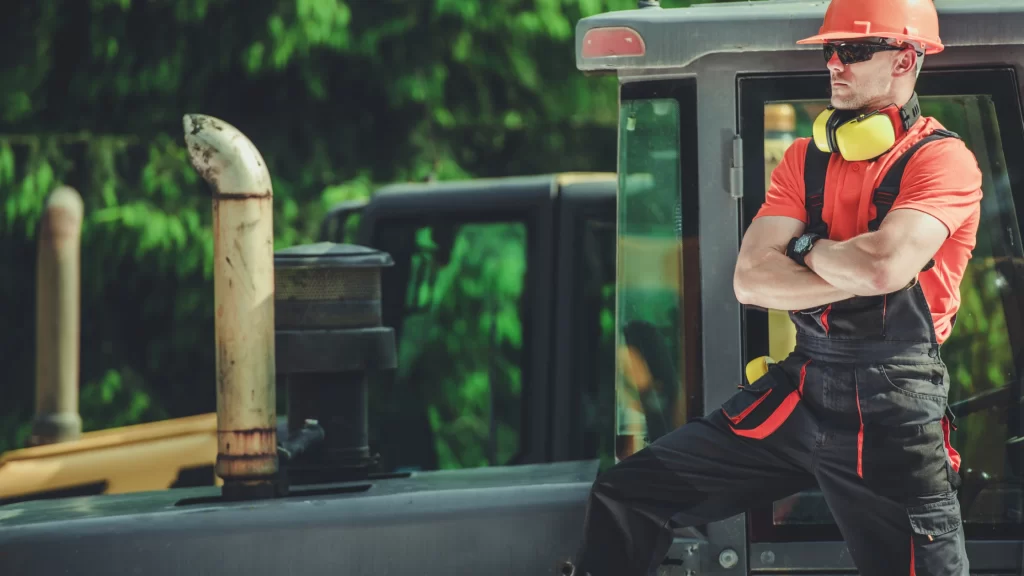
Assess your financial situation
Before diving into the financing process, it’s crucial to take a close look at your financial standing.
Start by calculating your debt-to-income ratio and evaluating your credit score.
These factors will significantly impact your financing options and interest rates.
| Financial Aspect | Why It’s Important |
|---|---|
| Credit Score | Determines loan eligibility and interest rates |
| Debt-to-Income Ratio | Shows your ability to take on additional debt |
| Cash Flow | Indicates your capacity to make monthly payments |
Research lenders and their offerings
Once you have a clear picture of your finances, it’s time to explore various lenders and their skid steer financing options. Consider the following:
Banks and credit unions
Equipment manufacturers’ financing programs
Specialized equipment financing companies
Compare their interest rates, loan terms, and any special promotions they might offer.
Gather necessary documentation
Preparing your paperwork in advance can streamline the application process. Typically, you’ll need:
Business financial statements
Tax returns (personal and business)
Bank statements
Equipment specifications and quotes
Submit applications
With your documentation ready, submit applications to multiple lenders.
This allows you to compare offers and find the best terms. Be prepared to provide detailed information about your business and the skid steer you plan to finance.
Review and compare offers
Once you receive offers, carefully evaluate each one. Consider factors such as:
Interest rates
Loan terms
Down payment requirements
Prepayment penalties
Create a comparison chart to help you visualize the differences between offers.
Don’t hesitate to negotiate with lenders to secure the best possible terms for your skid steer financing.
Common Pitfalls to Avoid in Skid Steer Financing
Overlooking hidden fees
When financing a skid steer, it’s crucial to be aware of potential hidden fees that can significantly impact your total cost. These fees may include:
Origination fees
Documentation fees
Insurance charges
Early repayment penalties
Always ask for a comprehensive breakdown of all charges before signing any agreement. Here’s a table comparing typical fees across different financing options:
| Fee Type | Bank Loan | Dealer Financing | Equipment Leasing |
|---|---|---|---|
| Origination | 1-2% | 0-1% | 0-2% |
| Documentation | $50-$200 | $100-$300 | $100-$500 |
| Insurance | Varies | Often included | Often included |
| Early Repayment | 2-5% | 1-3% | Not applicable |
Ignoring the fine print
The fine print in financing agreements often contains crucial information that can affect your rights and obligations. Pay close attention to:
Interest rate fluctuations
Balloon payments
Maintenance responsibilities
Default clauses
Choosing the wrong type of financing
Selecting an inappropriate financing option can lead to unnecessary costs or cash flow problems. Consider these factors:
Equipment usage frequency
Expected lifespan of the skid steer
Tax implications
Your business’s financial situation
Overestimating equipment usage
Accurately estimating your skid steer work usage is vital for choosing the right financing terms. Overestimating can result in:
Higher monthly payments
Excessive interest charges
Potential negative equity
To avoid this, carefully analyze your project pipeline and seasonal fluctuations in demand.
Consider flexible financing options that allow for adjustments based on actual usage.
Now that we’ve covered common pitfalls, let’s explore some tips for negotiating better financing terms to ensure you get the best deal possible.
Tips for Negotiating Better Financing Terms

Leverage your credit score
Your credit score plays a crucial role in securing favorable financing terms for your skid steer. A higher credit score can lead to lower interest rates and better overall terms. Before applying for financing:
Check your credit report for errors
Pay down existing debts
Avoid applying for new credit
| Credit Score Range | Potential Interest Rate |
|---|---|
| 750+ | 3-5% |
| 700-749 | 5-7% |
| 650-699 | 7-9% |
| Below 650 | 9%+ |
Consider seasonal payment plans
Many lenders offer flexible payment options tailored to seasonal businesses. These plans allow you to:
Make larger payments during peak seasons
Reduce or skip payments during slow periods
Align cash flow with business cycles
Explore bundle deals
When negotiating financing terms, inquire about package deals that may include:
Multiple pieces of equipment
Maintenance contracts
Extended warranties
Bundling can often lead to better overall terms and potentially lower monthly payments.
Timing your purchase strategically
The timing of your skid steer purchase can significantly impact your financing terms. Consider these factors:
End-of-quarter or end-of-year deals
Off-season purchases
Manufacturer promotions
By strategically timing your purchase, you may be able to take advantage of special financing offers or negotiate more favorable terms with the lender.
Top 3 skid steer brands
A. Versatile product range
Kubota offers a diverse lineup of skid steer loaders to suit various applications. Their range includes:
Compact models for tight spaces
Mid-size loaders for general-purpose use
Large-capacity machines for heavy-duty tasks
B. Innovative features and technology
Kubota’s skid steers incorporate cutting-edge technology to enhance performance and operator comfort. The brand’s commitment to innovation is evident in their advanced hydraulic systems and user-friendly controls, setting new standards in the industry.
Caterpillar 
Caterpillar skid steers are renowned for their robust engines, delivering unmatched power and torque. These machines excel in demanding applications, effortlessly handling heavy loads and tough terrain. Key features include:
High-displacement engines
Advanced fuel injection systems
Turbocharging technology
Efficient cooling systems
Advanced hydraulic systems
Caterpillar’s hydraulic systems provide exceptional performance and precision. These systems offer:
High flow rates for improved attachment capabilities
Precise control for delicate operations
Quick response times for increased productivity
Advanced load-sensing technology for optimal efficiency
John Deere
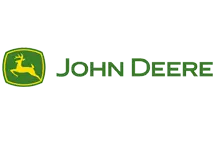
Fuel-efficient models
John Deere’s skid steers boast impressive fuel efficiency, reducing operational costs and environmental impact. Their innovative engine designs and advanced hydraulic systems optimize power output while minimizing fuel consumption. Key features include:
Auto-idle technology
Eco-mode settings
Precision fuel injection systems
Environmentally conscious designs
John Deere prioritizes sustainability in their skid steer lineup. Their machines incorporate eco-friendly materials and manufacturing processes, reducing carbon footprint. Additionally, they offer:
Low-emission engines
Biodegradable hydraulic fluids
Recyclable components
These features make John Deere skid steers an excellent choice for environmentally conscious operators.
Kubota, Caterpillar, and John Deere stand out as the top three skid steer brands in the industry, each offering unique strengths to meet diverse operational needs. Kubota’s pioneering spirit and innovation, Caterpillar’s robust power and performance, and John Deere’s focus on efficiency and eco-friendliness make them leaders in the field.
 Commercial Truck Trader is a comprehensive online platform for buying and selling commercial vehicles. This guide covers the essentials of using the website, including navigation, buying and selling processes, vehicle types, valuation, financing, and inspection. Whether you’re a first-time buyer or an experienced fleet manager, Commercial Truck Trader offers valuable tools and resources for your commercial vehicle needs
Commercial Truck Trader is a comprehensive online platform for buying and selling commercial vehicles. This guide covers the essentials of using the website, including navigation, buying and selling processes, vehicle types, valuation, financing, and inspection. Whether you’re a first-time buyer or an experienced fleet manager, Commercial Truck Trader offers valuable tools and resources for your commercial vehicle needs
Truckpaper.com
![]() Truckpaper.com is a leading online marketplace for buying and selling trucks and heavy equipment. It connects buyers and sellers from all over the world. With a vast inventory and user-friendly interface, finding the right vehicle has never been easier. In this blog post, we’ll explore the unique features of Truckpaper.com. We’ll also highlight tips to maximize your experience on this platform. Whether you’re a dealer or a private seller, this guide is for you.
Truckpaper.com is a leading online marketplace for buying and selling trucks and heavy equipment. It connects buyers and sellers from all over the world. With a vast inventory and user-friendly interface, finding the right vehicle has never been easier. In this blog post, we’ll explore the unique features of Truckpaper.com. We’ll also highlight tips to maximize your experience on this platform. Whether you’re a dealer or a private seller, this guide is for you.
![]() IronPlanet has transformed the heavy equipment auction industry by providing a digital platform that connects buyers and sellers worldwide. Through its innovative approach, comprehensive inspection program, and user-friendly interface, IronPlanet offers a reliable and efficient marketplace for construction, agricultural, and transportation equipment.
IronPlanet has transformed the heavy equipment auction industry by providing a digital platform that connects buyers and sellers worldwide. Through its innovative approach, comprehensive inspection program, and user-friendly interface, IronPlanet offers a reliable and efficient marketplace for construction, agricultural, and transportation equipment.

